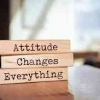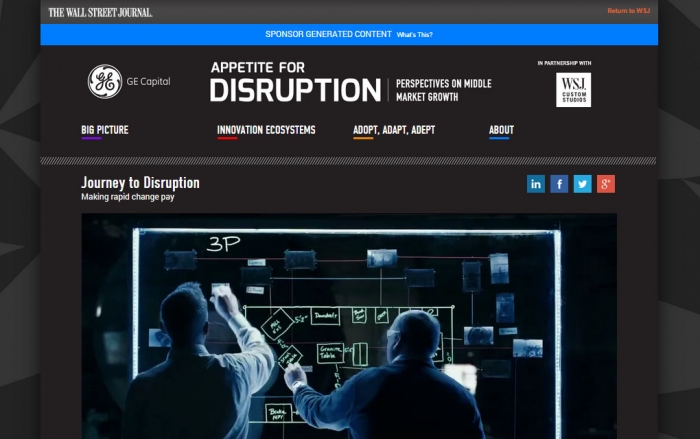For the past couple of years, content marketing have become a hot catch phrase in the industry. According to a survey by Cite Digital Agency, 88% of brands have been using it in one way or another. Meanwhile, eMarketer predict the market to reach over 3 billion US dollar by 2017. That’s why everyone is jumping into the bandwagon, in attempt to capture a piece of the growing pie. Publishers, whose content have always been part of their blood lines, also quick to join the party. Still the question remains, how to unleash its true potential to engage with the consumers?
Before we go into deep, let’s dissect the content marketing into 3 broad categories, which are the earned, owned, and paid content. The first type is those resulted from our PR effort, while owned content includes website, blog, and social media property associated to the brand. The paid content refers to any form of sponsored content in both social media and publishers. In most cases, mixing the right balance across those three would prove to be the recipe for success.
Particularly for paid content, the implementation has been riddled with controversy as all stakeholders are still experimenting to find the most optimal solution for consumer, publisher, and brand. This has even caught the attention of comedian John Oliver who argued that content marketing is trying to disguise advertisement as content. The Interactive Advertising Bureau (IAB) has also released their native advertising playbook in effort to provide guidance and consensus. In a nutshell, the try to convey that paid content are not meant to trick the audience and therefore must be delivered with utmost transparency.
According to their joint research with Edelman on July 2014, consumers are aware about this sponsored content and could accept it in return for free content. In fact, it could add value to the overall experience, as long as the contents are relevant, and both brand and publisher are trustworthy and authoritative on the topics being covered. More interestingly, the publisher’s credibility plays a pivotal role in uplifting the content appeal. No wonder that many brands are willing to pay a premium to collaborate with major publishers such as Forbes with its Brand Voice service and The NY Times with their newly formed T-Brand Studio.
One of the NYTimes piece is considered among the best practice in the industry for their coverage on women inmates. This multimedia content is sponsored by Netflix to promote their “Orange is the New Black” original series. They manage to find the right angle to provoke curiosity around the topic and increase brand awareness for Netflix, without getting trapped into delivering hard sell promotion. On top of that, the content is beautifully put with a right mixture of text, photo, video, and infographic.
[caption id="attachment_345052" align="alignnone" width="612" caption="GE Capital Sponsored Content in WSJ"][/caption]
Another excellent example is series of article in The Wall Street Journal titled “Appetite for Disruption”. This sponsored content by GE Capital encompasses various breathtaking videos and pictures to complement their intriguing blend of content. They even add interactive polling to increase readers’ engagement. Though the contents are most definitely branded, they contain some real substance useful for the readers.
Vanity Fair also have several clients on their portfolio of paid content service. This one work for Hennessy Cognac is among their very best. It was titled “Hennessy Fuels Our Chase for the Wild Rabbit … But What Does It All Mean?” This super stylish editorial tells the story of legendary racer Sir Malcolm Campbell who once broke the speed record in 1935. This is intuitively aligned with Hennessy’s latest ad campaign: “Never Stop, Never Settled”.

Nevertheless, this paid content plethora was also shrouded with various bad practice examples. Among the most prominent blunder are a sponsored content in The Atlantic about David Miscavige, the leader of the controversial Scientology Church. Buzzfeed’s “20 Things We Can Only Learn From Dads” is also filled with criticism as it deemed irrelevant to their sponsor - Virgin Mobile.
At the end of the day, content marketing could be a very powerful tool if done properly, but could also proof detrimental to both brand and publisher alike if done irresponsibly. There is no one solution for all, as every piece must be tailor made tediously for the best result. A good paid content must be appealing to readers, contain real substance, objective, beautifully put, transparently disclosed, and of course relevant to the brand campaign. Combining the entire criteria requires huge effort from the side of publisher, agency, and brand, yet it is all worth it if we could grasp the tremendous result it will bring to the table. As consumer become more sophisticated, marketer need to strive their very best to engage with them, to stay ahead of the competition.
Are you ready to ignite the power?










